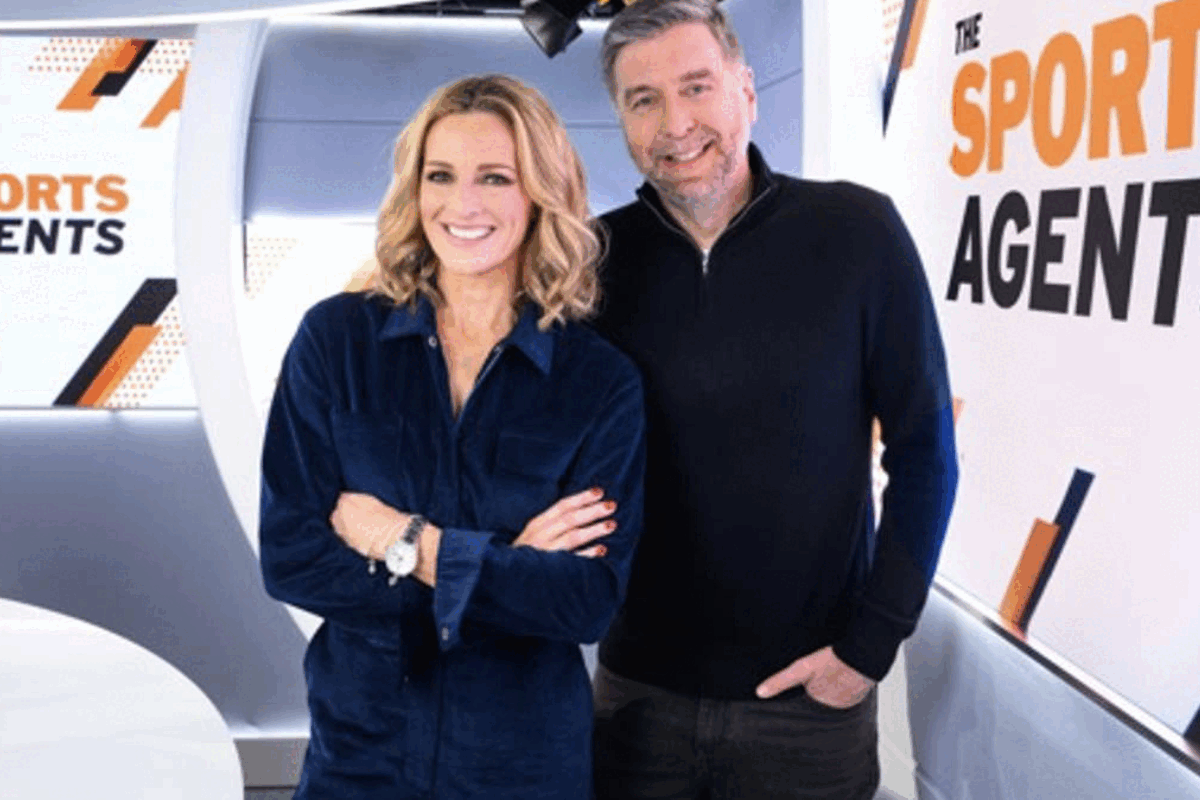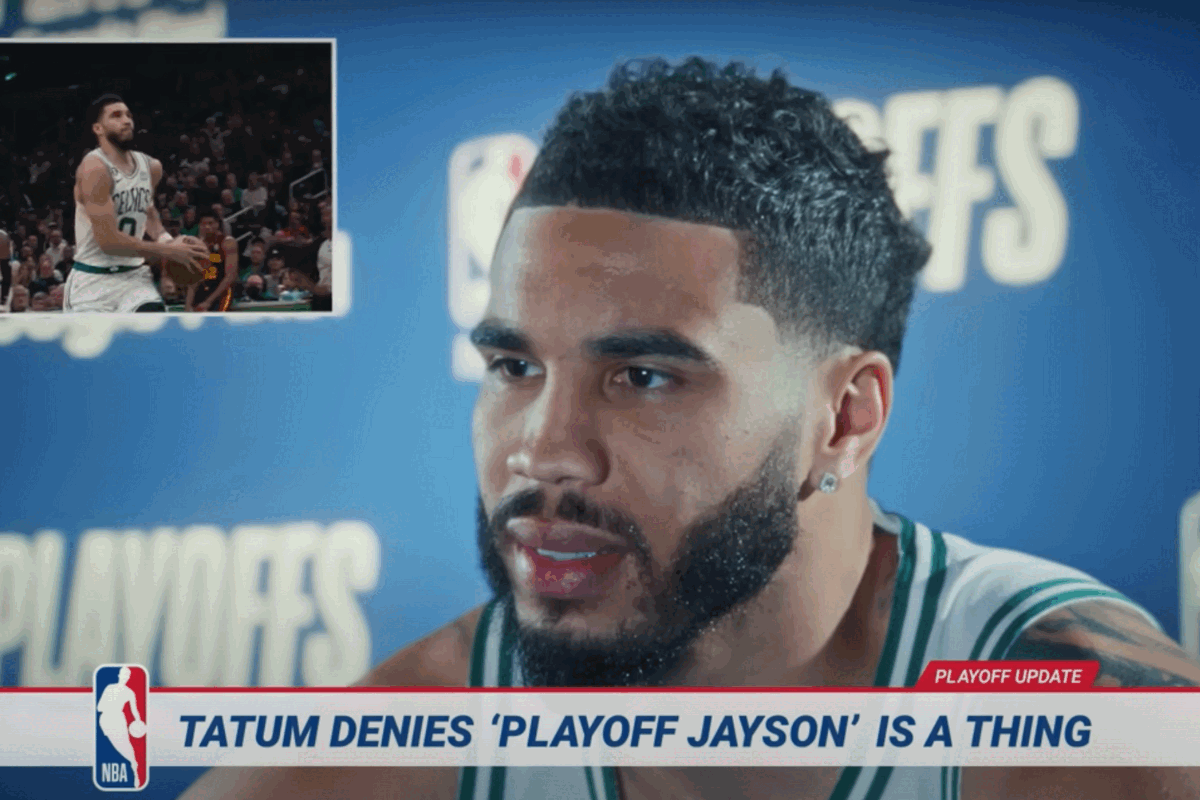Talking programmatic with… Ligatus
- Thursday, November 22nd, 2018
- Share this article:
Ahead of our Programmatic Lunch on 23 November, we have been talking to some of the event’s partners to get their thoughts on the current digital advertising landscape. Here we talk to Alex Newberry, UK Head of Publishing at Ligatus, about native advertising.
 MM: What makes digital native different to print, which has been around for more than a century?
MM: What makes digital native different to print, which has been around for more than a century?
AN: “I think it is the pace in which it evolves. With print native, you can see how far that’s come, but digital native has evolved a lot in the last five to eight years. The early guys in the market would stick up some ad placements that weren’t your IAB standard and then just stick them at the end of an article.
“In the last few years, we’ve started seeing companies, like ourselves and some of our competitors, become more ‘true native’ and work harder to seamlessly sit our ad units into the publisher sites. So, it’s less of an ad unit that sticks out but more in the feel of the publisher site we’re working with. And trying to start adding to the UX of publisher sites rather than sticking out as an ad unit. I think this has been most prevalent on mobile. We saw mobile advertising get turned into high-impact formats, like your interstitials, that were ruining the user experience and, by the end of it, not getting very good user response or performance. So, there was more of a call to fit in with how the publisher site looks and feels, and add to the user experience rather than hinder it.
“In the print days, native was a way of making your advert appear as if it was written as part of their content. Whereas now, it’s more of an ad unit on a site that is in-keeping with that publisher’s design and feel. Also, digital native is so much more versatile as a product, with the increasing inclusion of video and different creative formats, the sky is really the limit for the advertiser.”
MM: What are the benefits of these ads tying into the surrounding content?
AN: “Studies are starting to show us native is more engaging, especially on mobile, some have found that 80 odd per cent of users feel more involved with advertising that’s integrated into an editorial feed. Having that feel like the social companies do, so it fits in with what they’re reading and start to take on an advertising message on rather than just being jarred by it.
“Along with this, if you are delivering the right ads contextually to the publisher content, the user is more likely to consume and engage with native advertising as if it is part of the site content.
“Native should be respectful of the user, which is the most important, I think. At times when I was a publisher, we weren’t scared to run high-impact formats and weren’t really worried about pissing off the user. But today’s market is much more focused on the user journey is key and native is very respectful of that.”
MM: With this kind of approach there are questions over whether it is actually misleading. How do you respond to those suggestions?
AN: “Native has to be clearly marked as sponsored content or advertising content, so there’s never an aim to mislead the user. What we’re trying to do is make the advertising experience more in line with the user’s experience on the site. That’s not just down to how the ad unit looks, that’s the type of ad creative that’s in it.
“We’re making advertising more contextually relevant. If you’re on a sports site, we’re putting the right sort of contextual advertising next to the story you’re reading. So, you’re actually engaged in the ad and it’s something you’re interested in reading, rather than sticking a dentist advert in amongst the football pages when you’re really not going to be wanting to read that.”
MM: What issues have publishers found when taking a native approach?
AN: “From a publisher’s point of view with native, their biggest struggle has been to get the right sort of advertising content on their site. It was almost the wild west in the past, with lots of grey advertising and crap making it onto some top publishers’ sites. Also, with the rise of fake news and click bait, publishers need to work with partners who have a stance against this so as to protect their brand.
“Also, to be able to tap into native budgets as they are on a steep incline. We’re seeing native budgets within agencies increasing year-on-year and, if publishers don’t have their native strategy right, they’re not able to tap into that extra digital budget that’s on hand. So, they need to be with the right sort of provider that builds the right sort of strategy for them that produces good performance and is brand safe
MM: Thanks, any final thoughts?
AN: “From our point of view, there’s massive native budgets out there along with specific native agencies and specific native DSPs. They have massive buying power and are working with top brands. Publishers need to have native placements and a clear native strategy on their sites, so they’re not missing out and losing those budgets.
“One of the big publisher pain points, especially for some of the smaller publishers, is that they’re not accessing a lot of digital budget out of agencies, so they need to widen their route to that money. And then you’ve got to be mindful of what native partner to work with.
“I feel that we take into account the service elements of working with a publisher and the publisher’s opinion on how the site should look and feel. Even if we’re working on big money deals, we don’t want to handcuff people into forcing them to take what we think looks good on their site. We work with their editorial, their commercial teams, their product teams to make sure that what we’re doing fits in with their brand image and how their users navigate the site. The type of advertising we’re delivering there is the right type for their content and, at the end of the day, we’re still delivering revenue to hit their bottom lines.”
















